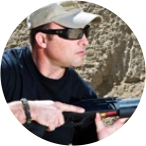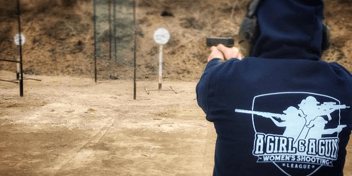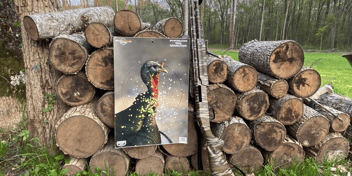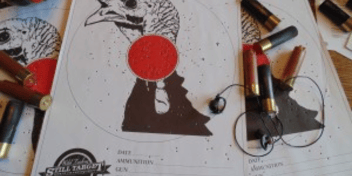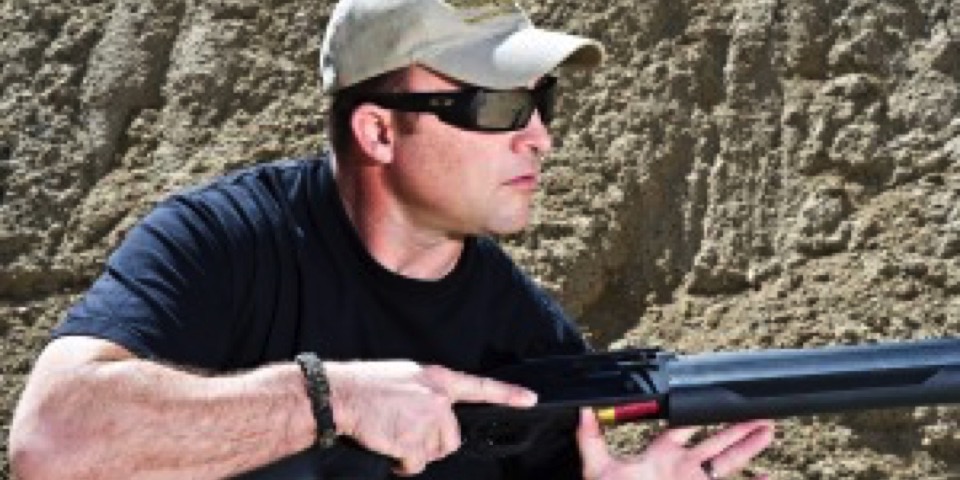
There are lots of people that can shoot their guns, but shooting is only a piece of the tactical puzzle. To manipulate or "run your gun" is what separates pros from posers.
I’m sure you’ve all seen the shirts at the range - you know, the ones that say “Run your Gun, Not Your Mouth”. Sage advice, to be sure, but what exactly is “running the gun”?
Running the gun, in short, is the ability to manipulate the gun and shoot quickly and accurately while under stress or from a position of disadvantage. While there is no substitution for seeking out and partaking in a professional level instruction, there are some things that you can do to get yourself prepared if you find yourself needing to use your Mossberg in a life or death situation.
One of the most commonly discussed drawbacks of magazine tube-fed weapons systems is the relatively low capacity and the slowness at which most operators reload the weapon. I have been at the mercy of both. During a firefight in Iraq, I got the dreaded “click” instead of a bang. While I was able to recover and get the 590A1 up and running again, the experience stuck with me and has shaped the way I train, especially with the combat shotgun.
The best way to avoid the dreaded click in a gunfight is to ensure that “topping off” the shotgun becomes hardwired into your manipulations. Any time that you are not shooting the shotgun, you should be topping it off - this includes those times when you are moving to a position of advantage or scanning for additional threats.
THE BENEFIT OF DUMMY ROUNDS
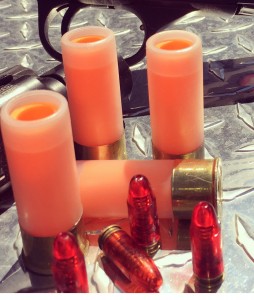
Dummy rounds are inert and contain no primer, propellant, or explosive charge. The outer dimensions match those of live ammo, allowing the ability to practice handling, loading, and unloading ammunition safely.
To do this successfully under stress requires a degree of unconscious competence. I’ve built this skill by diligently using dummy rounds as part of my dry practice regimen. As with any dry practice regimen, ensure that all live ammo is cleared from not only the weapon but also the entire area that you plan on using before you begin using dummy rounds.
Start by loading the shotgun just short of capacity with dummy rounds. I do this to add in a level of unpredictability for training, I never load to less than full capacity for the field. Go ahead and chamber a dummy round, and then pick out a target in the distance. (I’ve set up targets in the past, but just using distant objects is fine.)
I then practice coming up from a low ready position to on target. As my gun comes to the target, my thumb disengages the safety, and my finger moves to the trigger. Once my sights are aligned and my focus is on the front sight, I concentrate on getting a good trigger press, making sure that my trigger finger or grip on the shotgun doesn’t interfere with the sights on the target. This is also a perfect time to focus on the position of the shotgun in your shoulder as well as your cheek weld and body position.
If I'm using a pump-action shotgun, I’ll keep the trigger to the rear and cycle the action, trying to re-acquire the sights as fast as possible. If I’m running my 930, I’ll reach under the gun with my support hand and cycle the charging handle. Once the sights are re-acquired, I’ll either re-set the trigger and press again or I’ll take my finger off the trigger and immediately reload the shotgun from my onboard ammunition source, either a side-saddle or a butt-cuff.
After several repetitions, I’ll start adding movement to the equation as well as multiple targets. In the beginning, don’t worry about moving quickly, focus on making the manipulation as smooth as possible. Once a baseline of comfort is there, start pushing yourself out of your comfort zone, moving as quickly as possible while not dropping any rounds. Loading while moving to cover, even if it’s simulated for training is a skill that can keep you alive in a gunfight. practice diligently and don’t allow yourself to get comfortable. Any dry practice regimen should be done long enough and at a tempo fast enough to tire you out, this is a workout, treat it that way.
Train hard and stay safe.
About the Author
